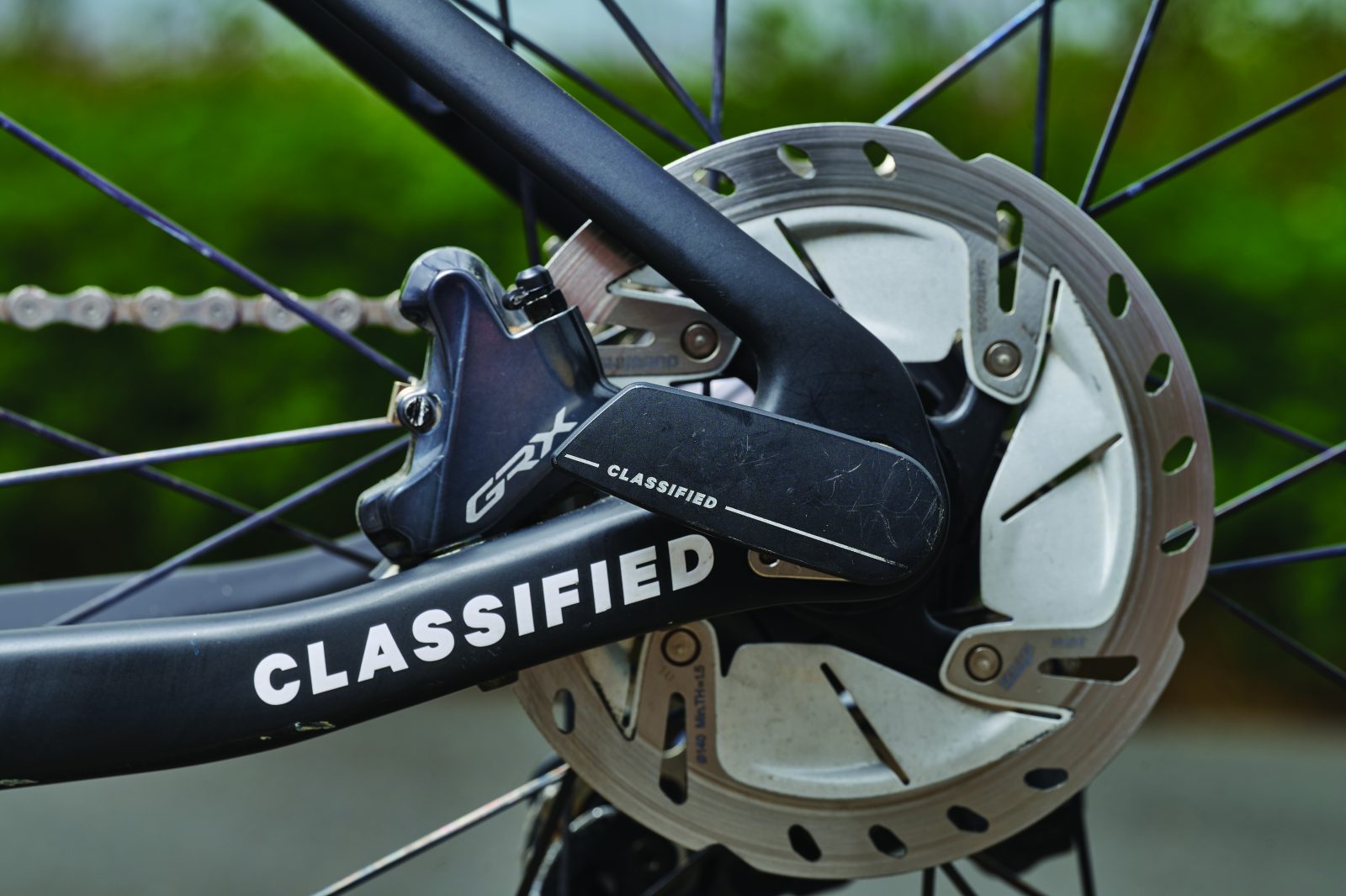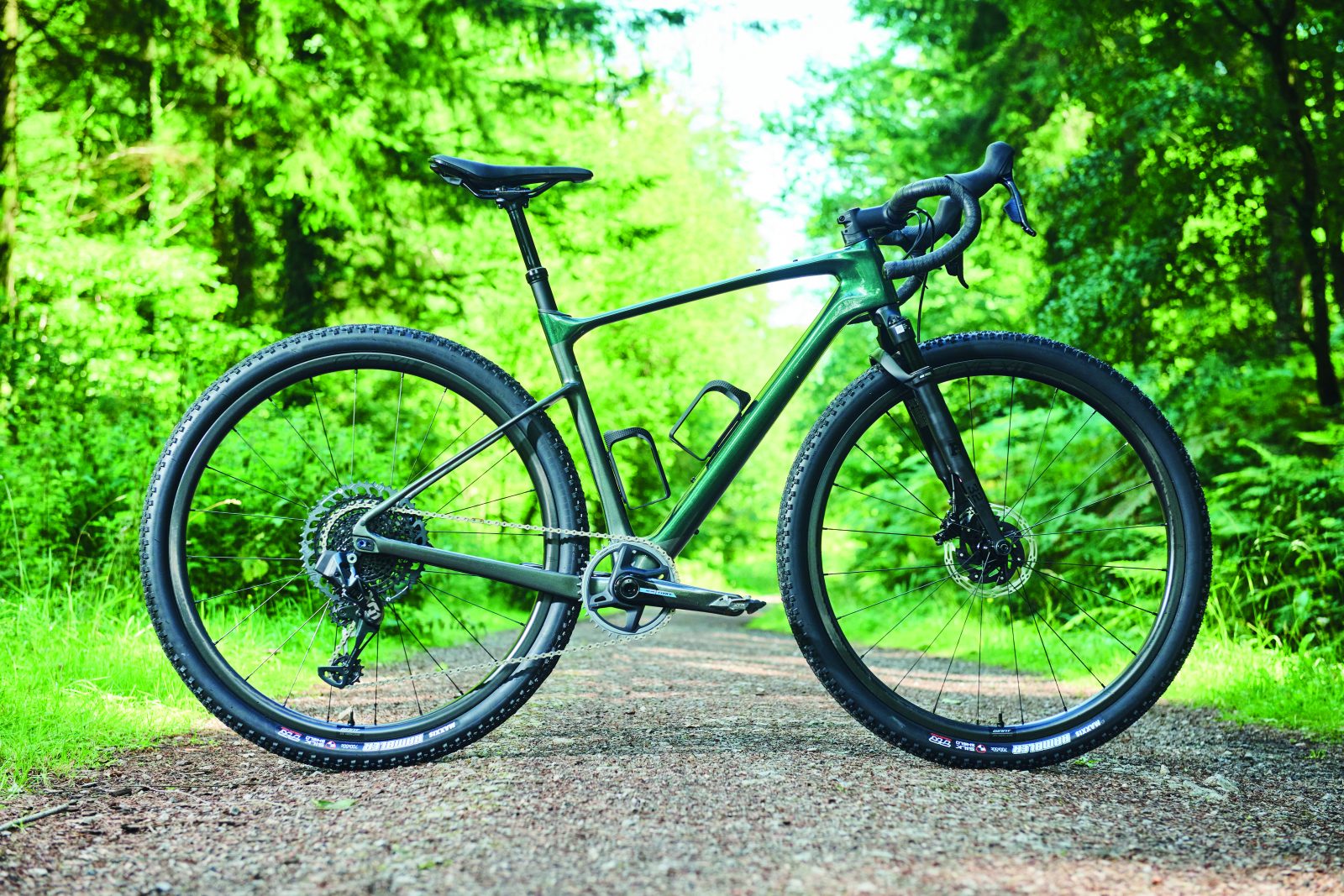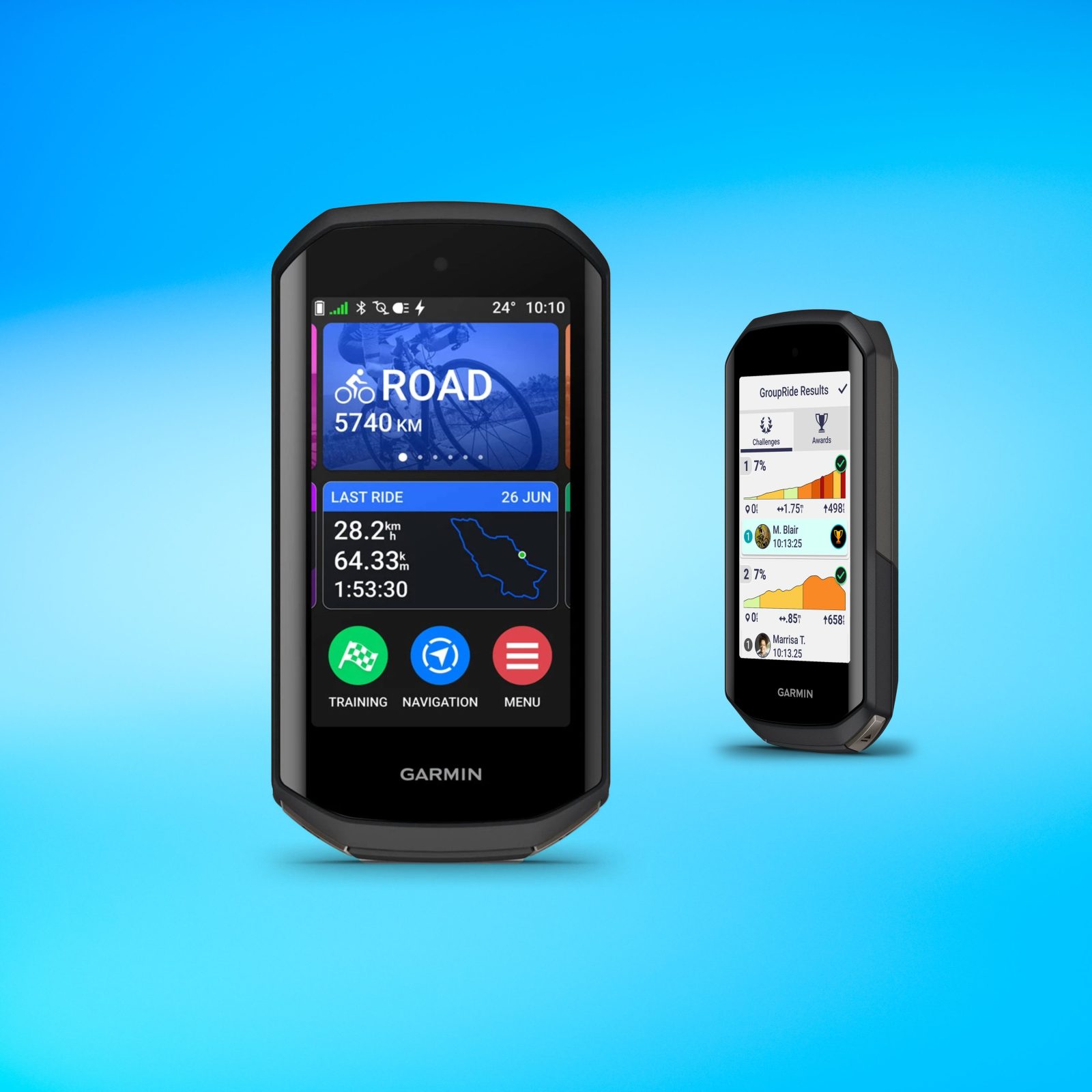Do these stretch routines before and after you ride to improve performance and protect from injury
Words Michael Donlevy Illustrations Mike Mansfield
Hands up if you neglect stretching before or after a ride.
OK, now hold them there for 15 seconds as a lesson.
Stretching plays a key role in both preparing your body for a ride and helping it recover from long periods in an unnatural position on the bike, because humans evolved to run away from woolly mammoths, not hunch over handlebars on the way up Alpe d’Huez.
Sports physiotherapist and osteopath Lewis Wood is the founder of the Body Align Clinic (bodyalignclinic.com) and has worked with many athletes, including at the Olympics.
He has devised two routines: a pre-ride warm-up and a post-ride session, and there’s a key difference between them.
‘We need to use dynamic stretches for the warm-up because static stretches have been shown in research evidence to reduce power output and performance,’ he says.
‘Dynamic stretches improve the viscoelasticity of connective tissue and help realign disorganised muscle fibres that could be sore from a previous training session.’ Just remember to pay attention to your form.
‘Have good body posture, relax your neck and breathe from the diaphragm,’ Wood adds.
‘And don’t over-stretch – feel for the first onset of the stretch and hold it there.
When repeated, this allows for better muscle and tendon “gliding”.’
Pre-ride stretches
Do these dynamic stretches before you ride, and you can repeat them the morning after to mobilise benumbed muscles after sleep.
Hip flexor stretch with arm reach
Target: Hips, thighs, trunk
Reps: 10-12 Sets: 2
Kneel on your left leg with your right leg bent in front of you. Lunge forward on your right leg and raise the opposite arm with a slight tilt and twist to the right to extend the hips, hold for 2-3 seconds and return slowly to the start. Do two sets of 10-12 on each side.
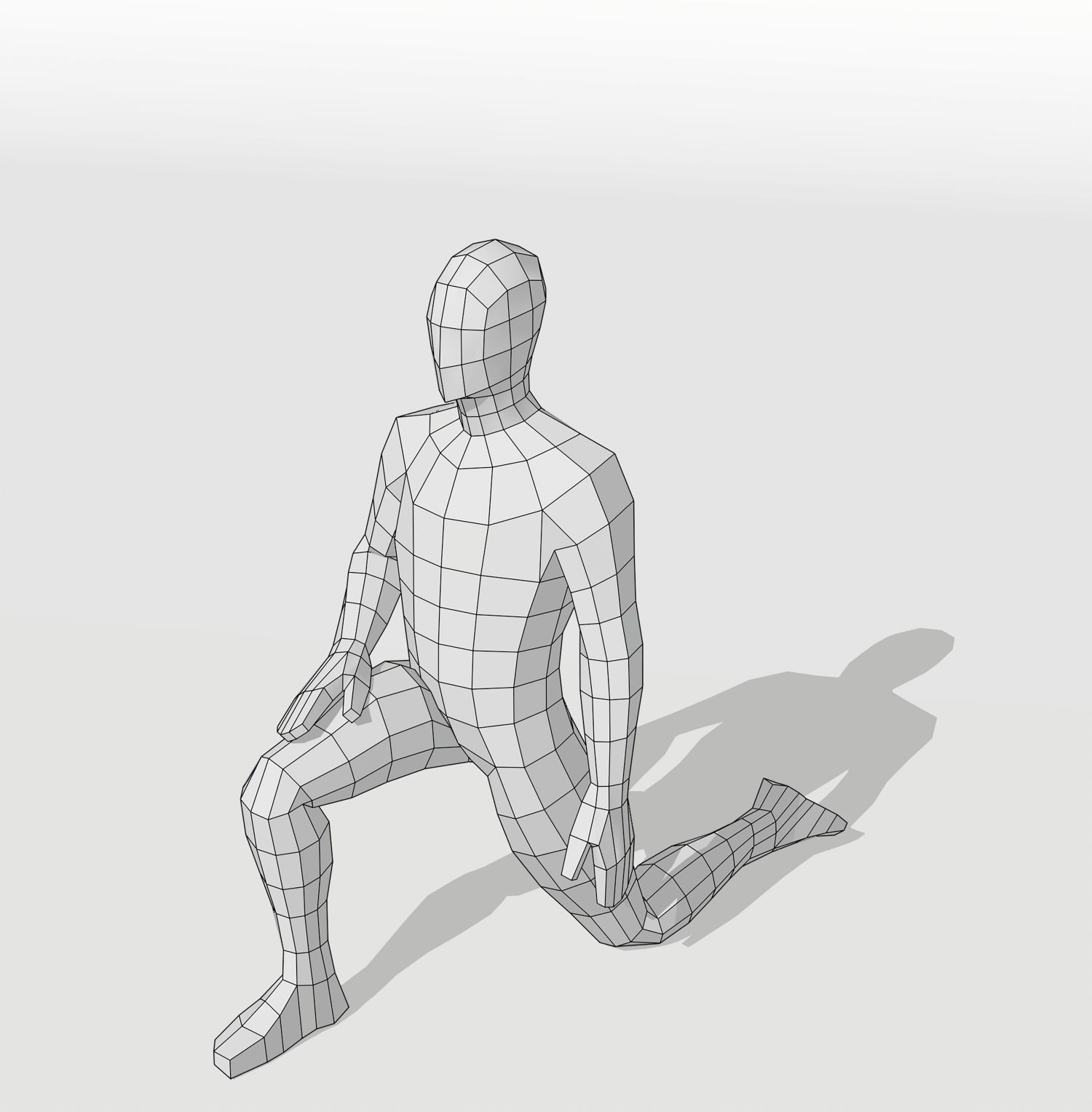

How it helps: ‘This really opens up the front hip flexor and also helps the trunk for long rides – you should feel the stretch from your fingertips to the knee you’re resting on,’ says Wood.
Back mobiliser
Target: Lower back
Reps: 10-12 Sets: 2
Lie on your back with your knees bent and raise your arms together at shoulder height. Lower your arms down to your right and at the same time, with your knees together, rotate your legs to the left. Do this 10-12 times on each side, pause for 10 seconds and repeat.
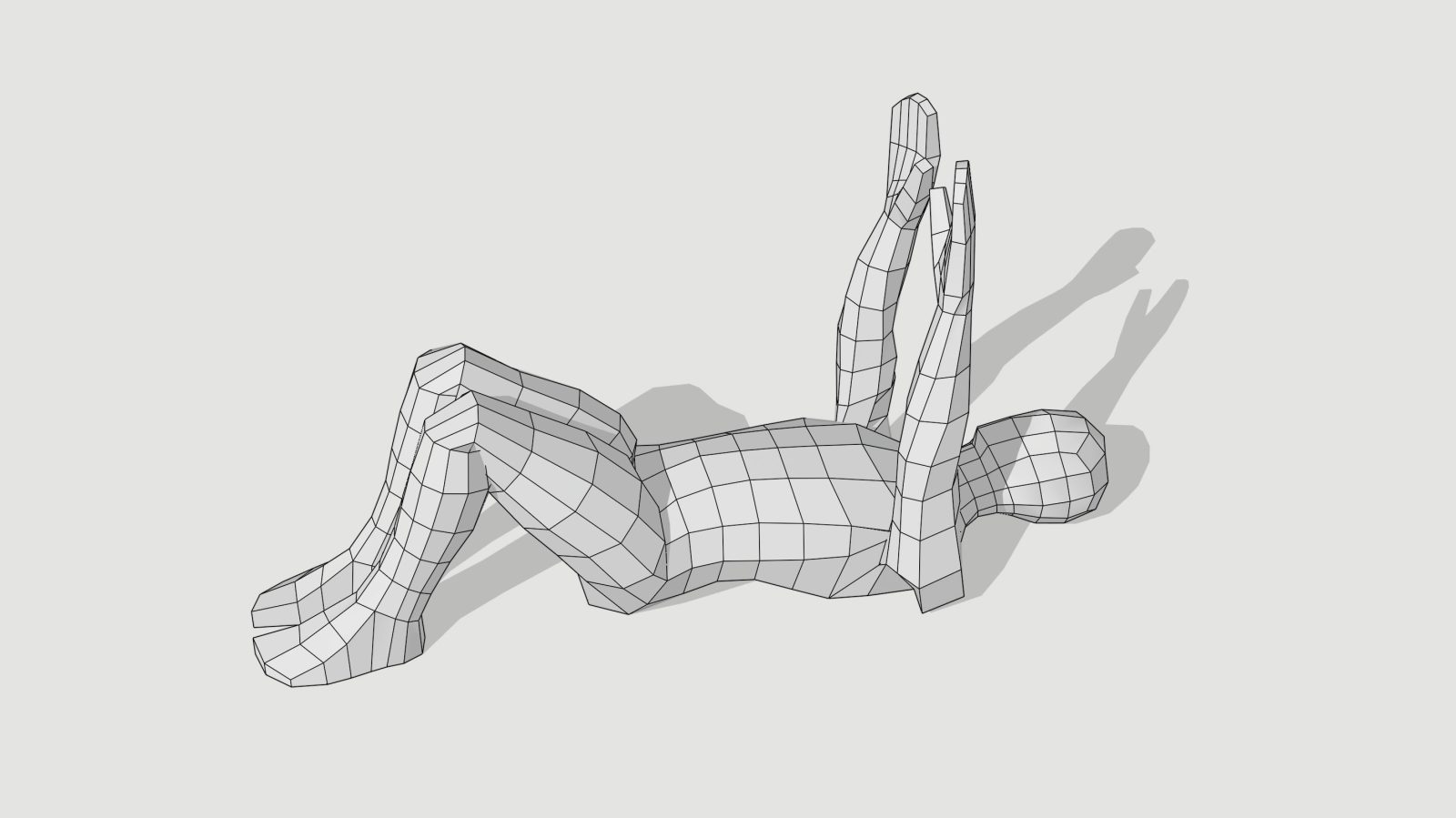

How it helps: ‘This mobilises your lower back, which is where we generate power on the bike,’ says Wood. ‘Make sure you relax and let the limbs feel heavy, as this will create the stretch effect across these connective tissues. Taking deep breaths will also help you feel the elongation effect.
Straight leg raise
Target: Hamstrings, sciatic nerves
Reps: 10-12 Sets: 2
Lie on your back with a non-elastic band around one foot and your other leg slightly bent. Holding the band with both hands, raise your leg to the height you can tolerate, hold and return in a slow, continuous movement for 10-12 reps.
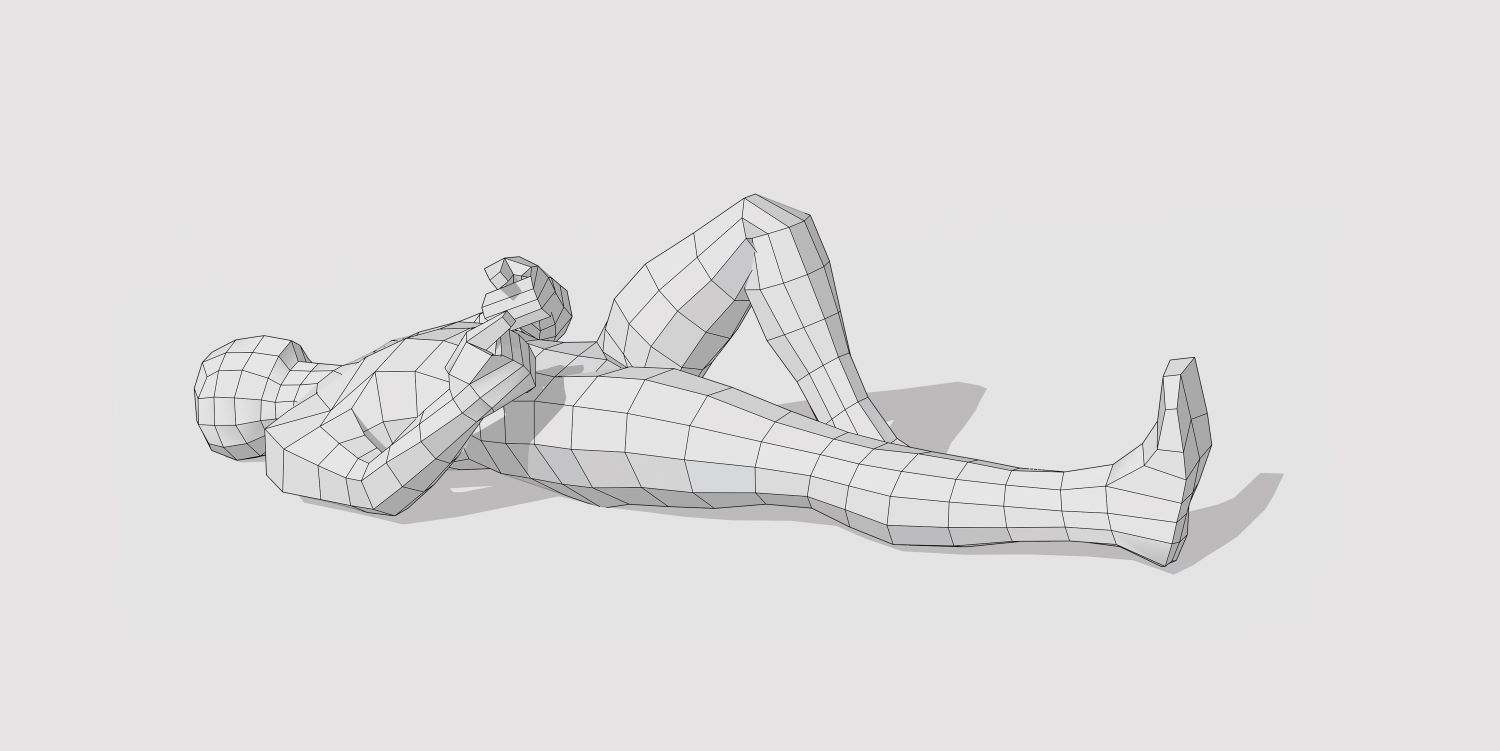
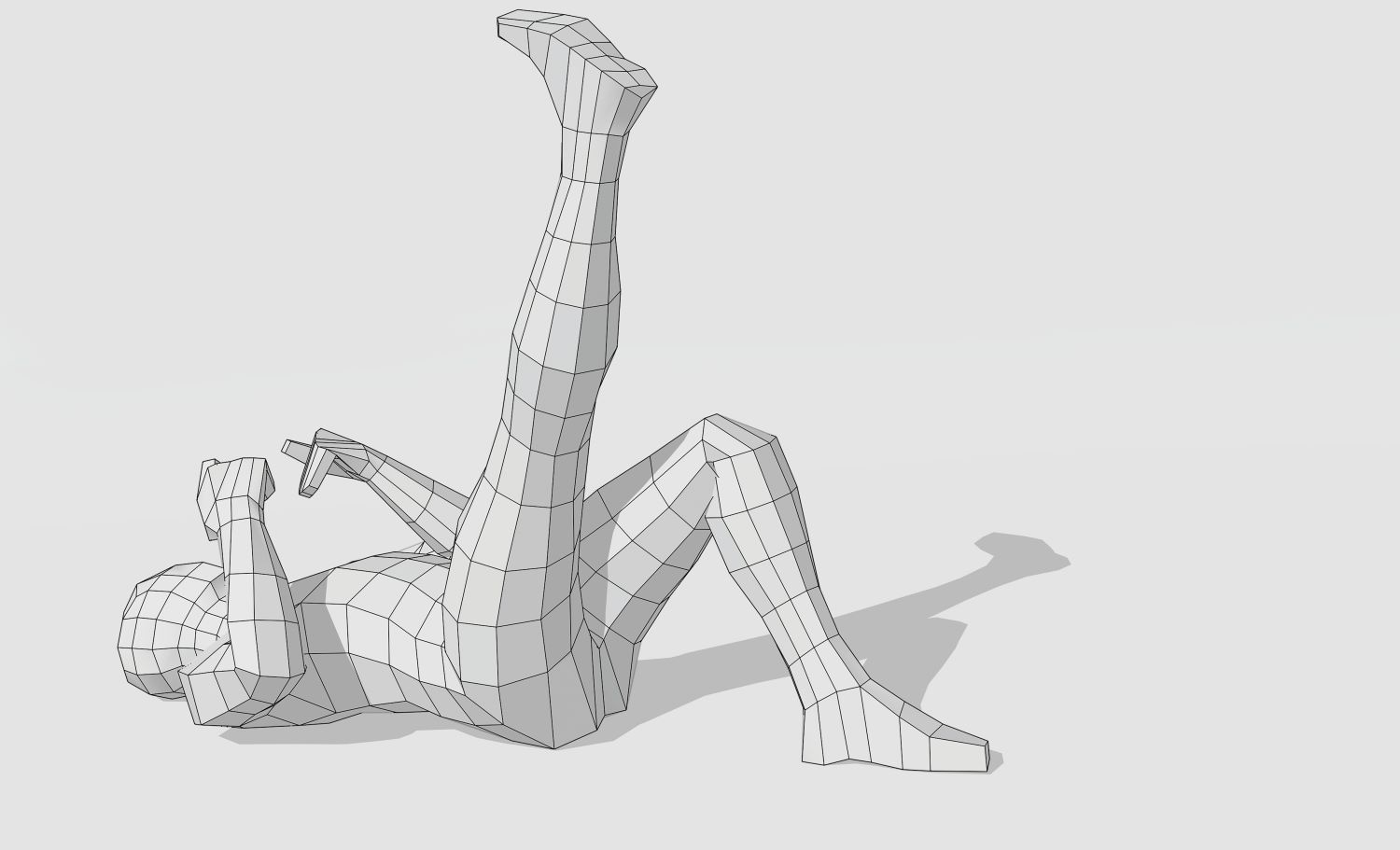
How it helps: ‘This dynamic hamstring stretch encourages what’s known as “creep hysteresis”,’ says Wood. ‘This is where the soft tissues lengthen with each stretch, making it feel easier the more you do. This move is also really good for helping sciatic nerve mobility, which is often the real issue when you think you have tight hamstrings.’
Dynamic calf stretch
Target: Calves
Reps: 10-12 Sets: 2
Stand on a step and place the ball of one foot on the rear edge of the step. Lower one heel off the back, bending the opposite knee to help you stretch. Pause and slowly return back up to the starting point by contracting your calf muscle.
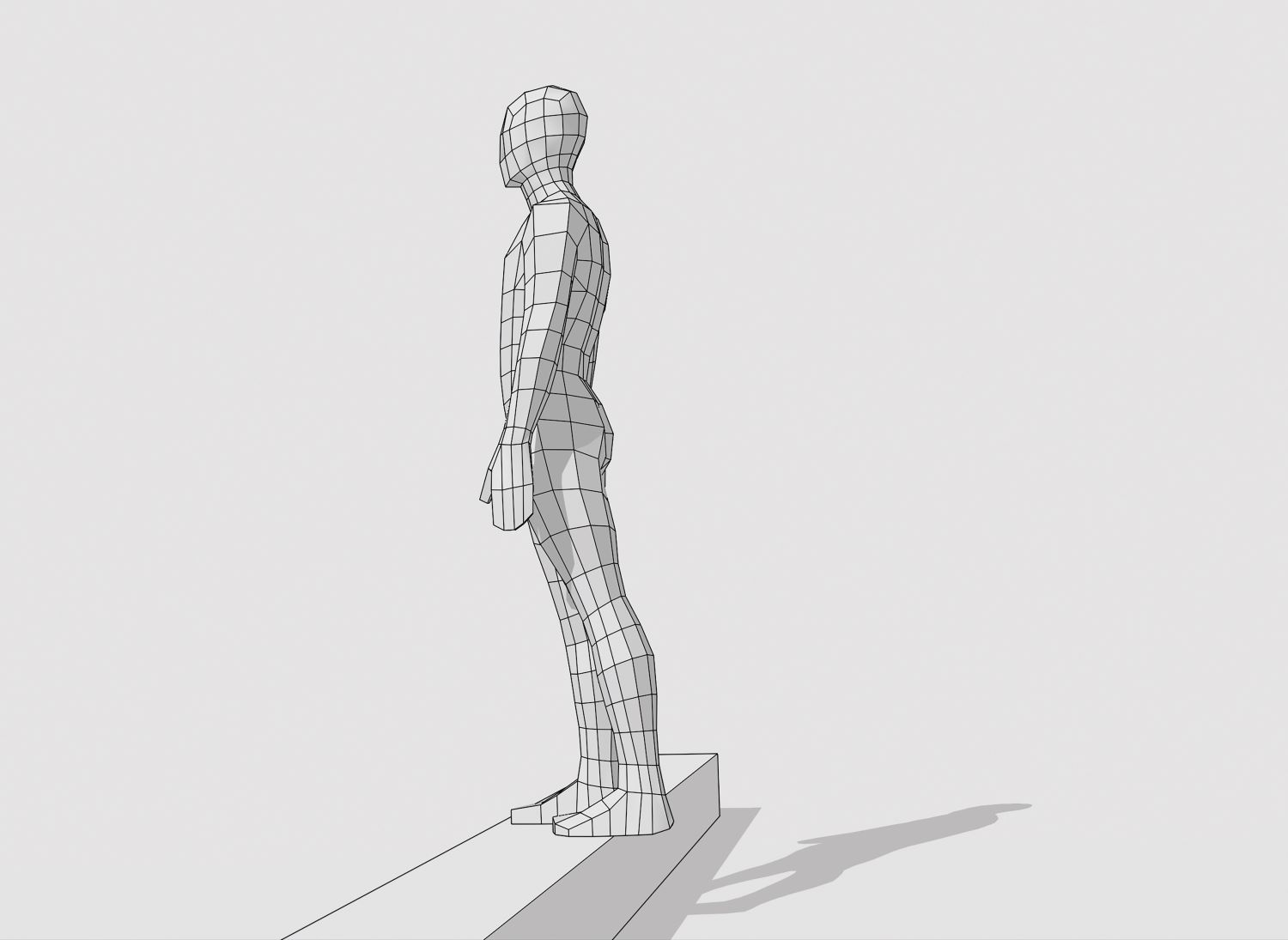
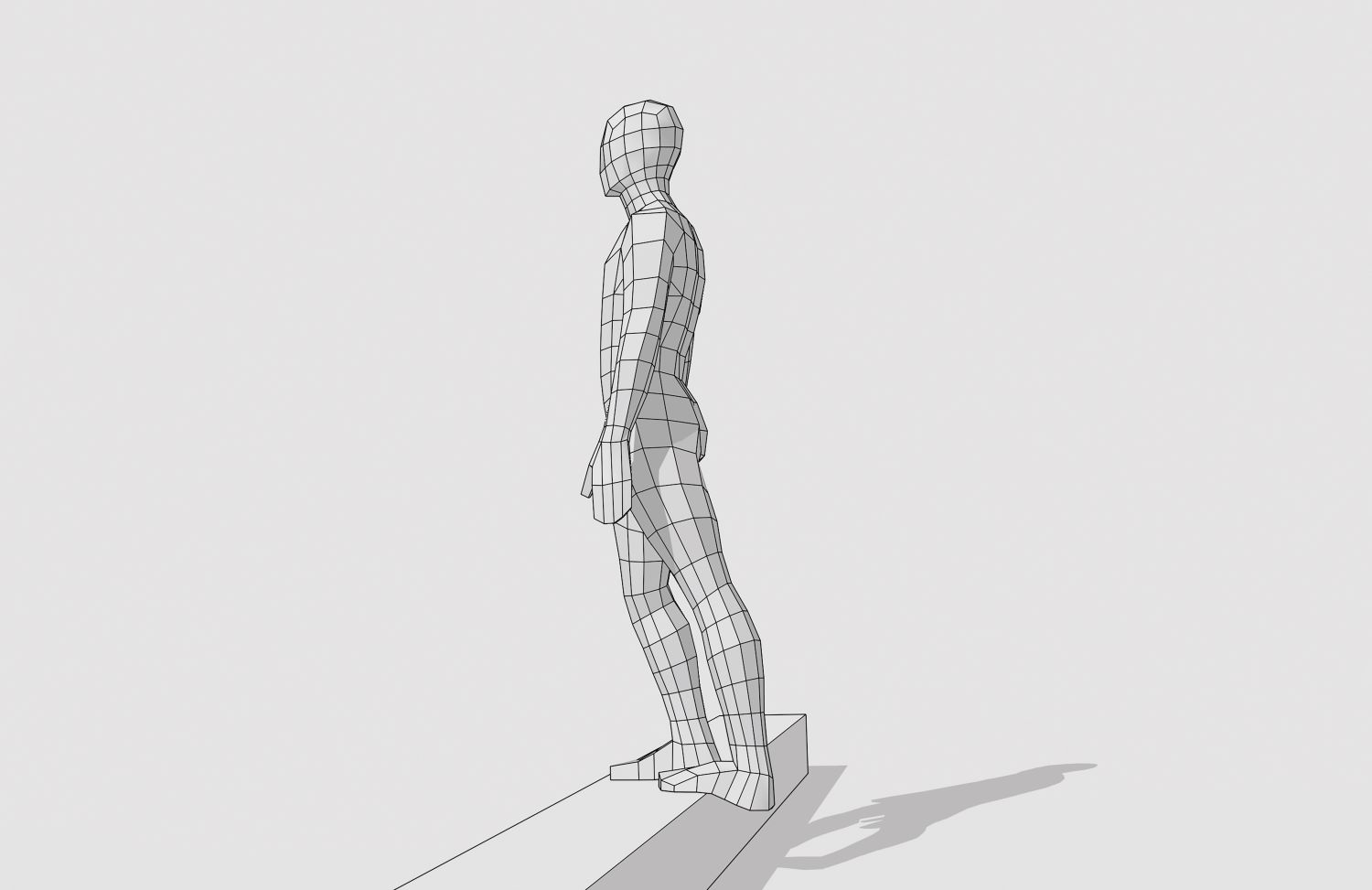
How it helps: ‘This is the best way to stretch the calf because there’s no risk of over-stretching the muscle, which a lot of people do on the flat by pushing their heel back too far. This will also help mobilise the ankle for pedalling and reduce muscle soreness from a previous ride.’
Post-ride stretches
These static stretches have been chosen in this order to work through the major muscle groups for the maximum benefit ahead of your next ride
Diagonal child’s pose
Target: Back
Reps: 3 Hold for: 15 seconds
Start on all fours and slide your right hand under the palm of the left. Ease back, bringing your hips to your sitting bones. Hold for 15 seconds, breathing slowly, and return to the start. Do three reps on each side.

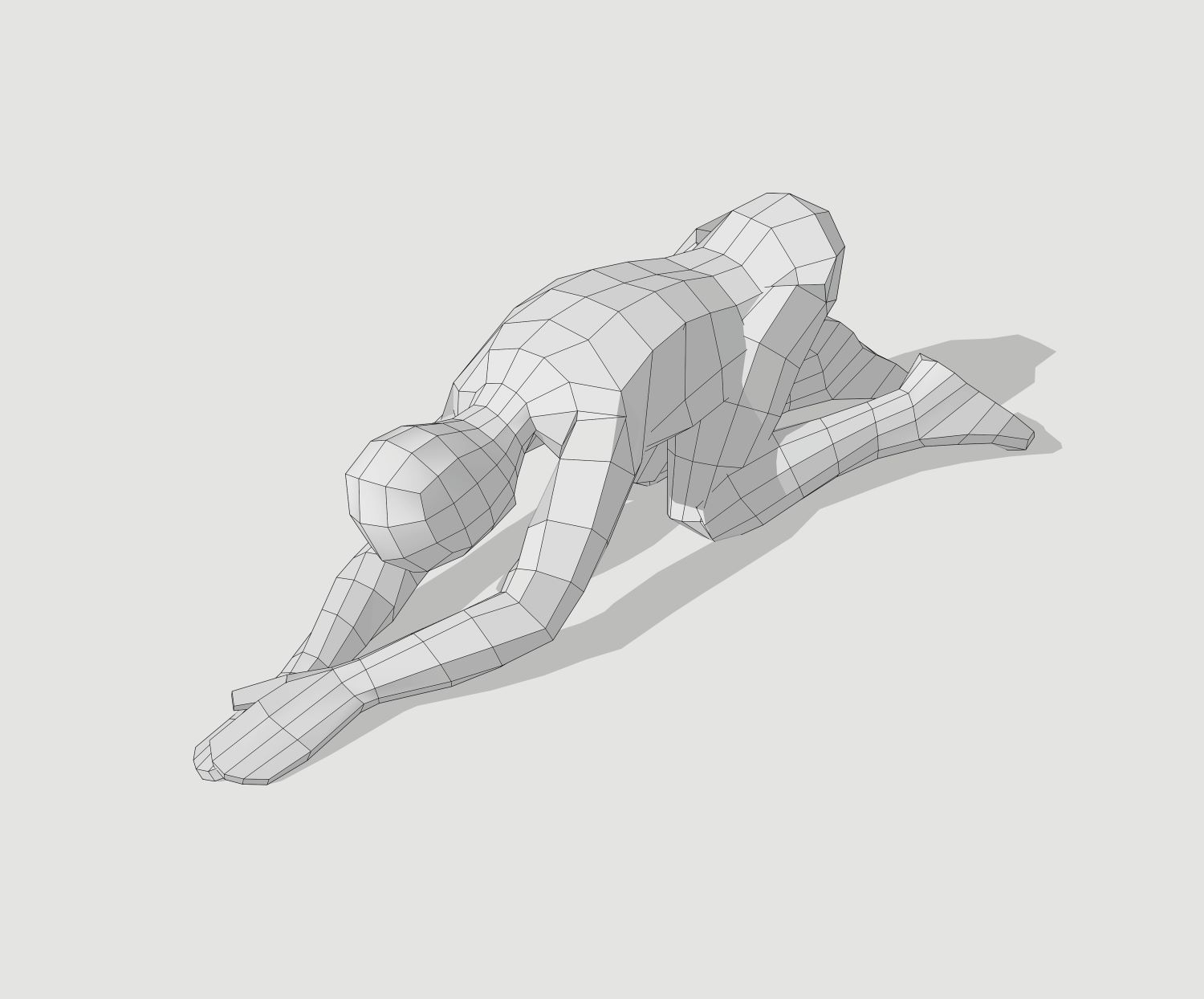
How it helps: ‘Your hand position will create a diagonal pull to stretch your erector spinae, the muscles responsible for straightening the spine and maintaining posture,’ says Wood. ‘This will help any tired trunk muscles that have been acting as fixators to keep the pelvis in place while pedalling.’
Outer thigh tender point release
Target: IT band
Reps: 5 Sets: 4
Lie on your right side with your knees bent and place a tennis ball around halfway down your thigh on the soft tissue. With your left hand on the floor to support you, slowly lower the weight of your legs onto the ball. Hold for five seconds, then roll your pelvis to release the pressure point, then repeat four more times until that pressure point is desensitised to the discomfort. Move the ball down your thigh by one ball width and repeat the process until you have covered four successive points along the thigh.
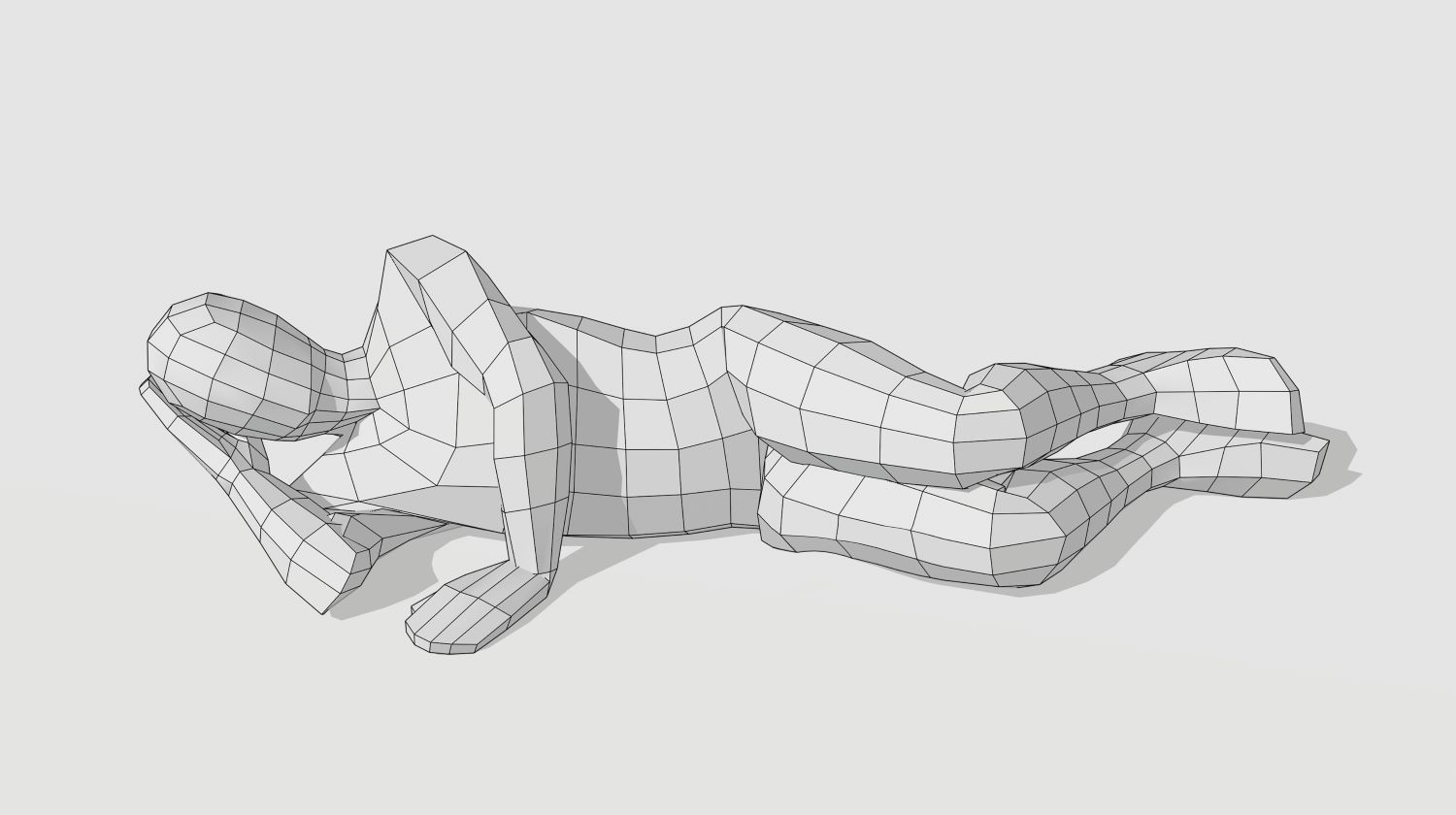
How it helps: ‘This move releases pressure points in the iliotibial [IT] band, the fi brous tissue that runs along the outside of your leg,’ says Wood. ‘The IT band works with your thigh muscles to support the knee and can become tight when cycling for long periods.’
Hip twist/reverse pigeon
Target: Hips, glutes
Reps: 3 Hold for: 15 seconds
Lie with a non-elastic band around your left ankle and raise the left leg to a 90° angle. With your left hand on your knee for support, twist the left leg across your body, applying light pressure from your hand to your knee. Then allow the ankle to roll across the body, as if it’s a knee roll. Hold for 15 seconds.
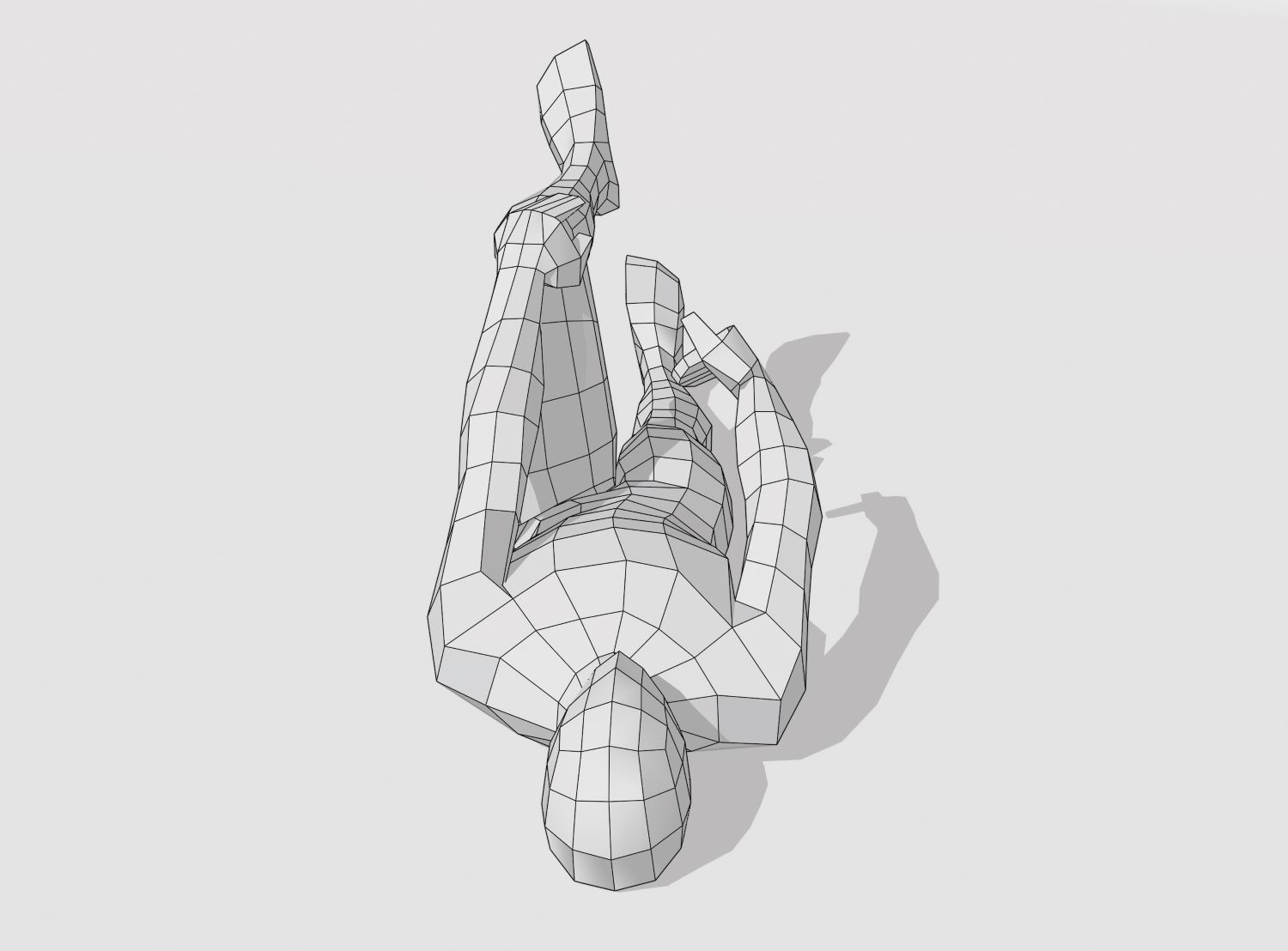
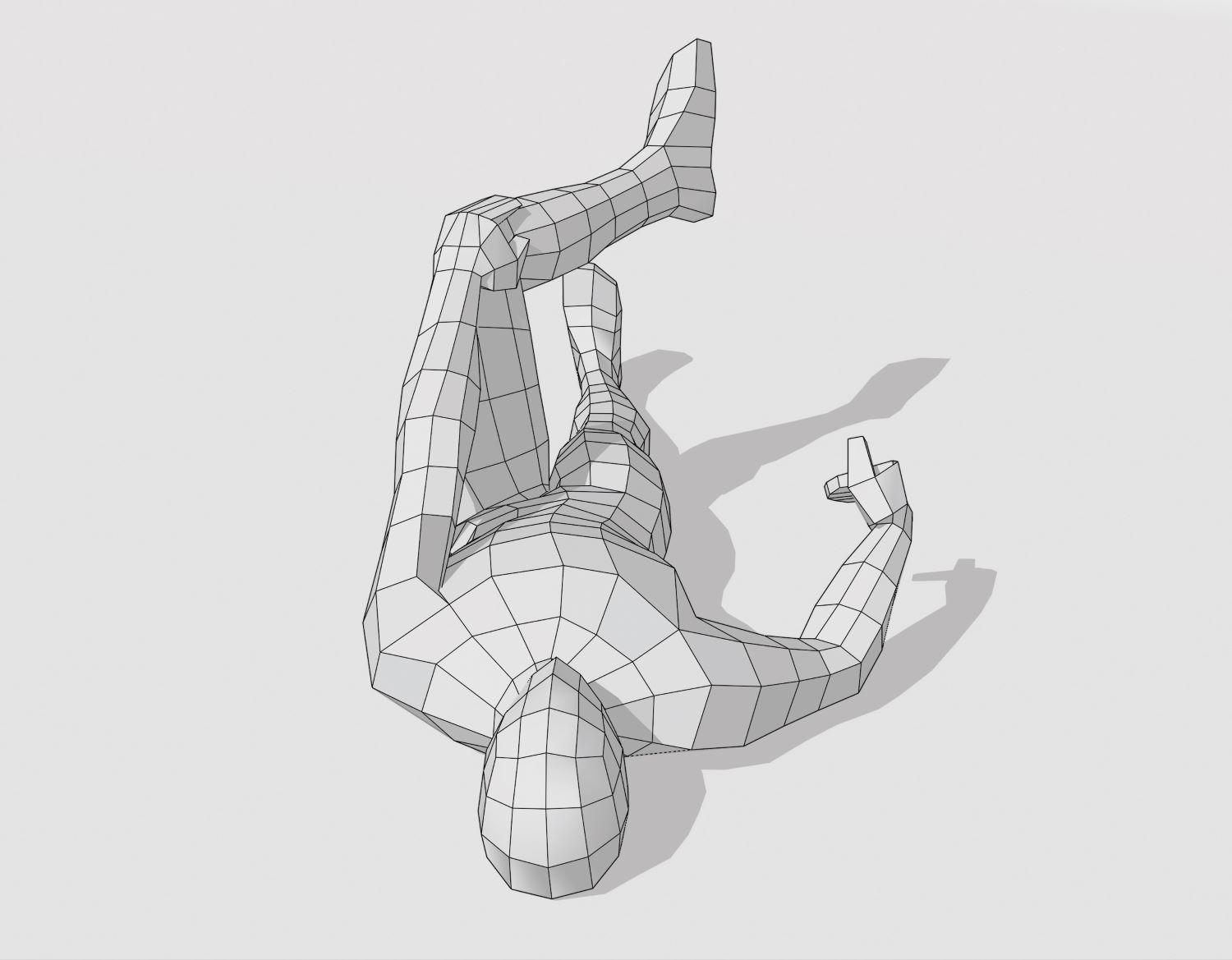
How it helps: ‘Once you’ve twisted your leg across your body you should feel the pull in your deep hip muscles and glutes,’ says Wood. ‘Twisting your leg across your body will amplify the stretch effect and help relieve tight muscle areas.’
Couch stretch
Target: Hip flexors, quads
Reps: 3 Hold for: 15 seconds
Kneel in front of a wall with your hands on the floor in front of you for support. You can rest your knee on something cushioned like a yoga block if that helps. Raise your right leg behind you with your toes touching the wall and your knee on a soft surface as close to the wall as you can, then place your left leg forward with your foot on the floor. Raise your body up until your back is upright and straight, and hold for 15 seconds.
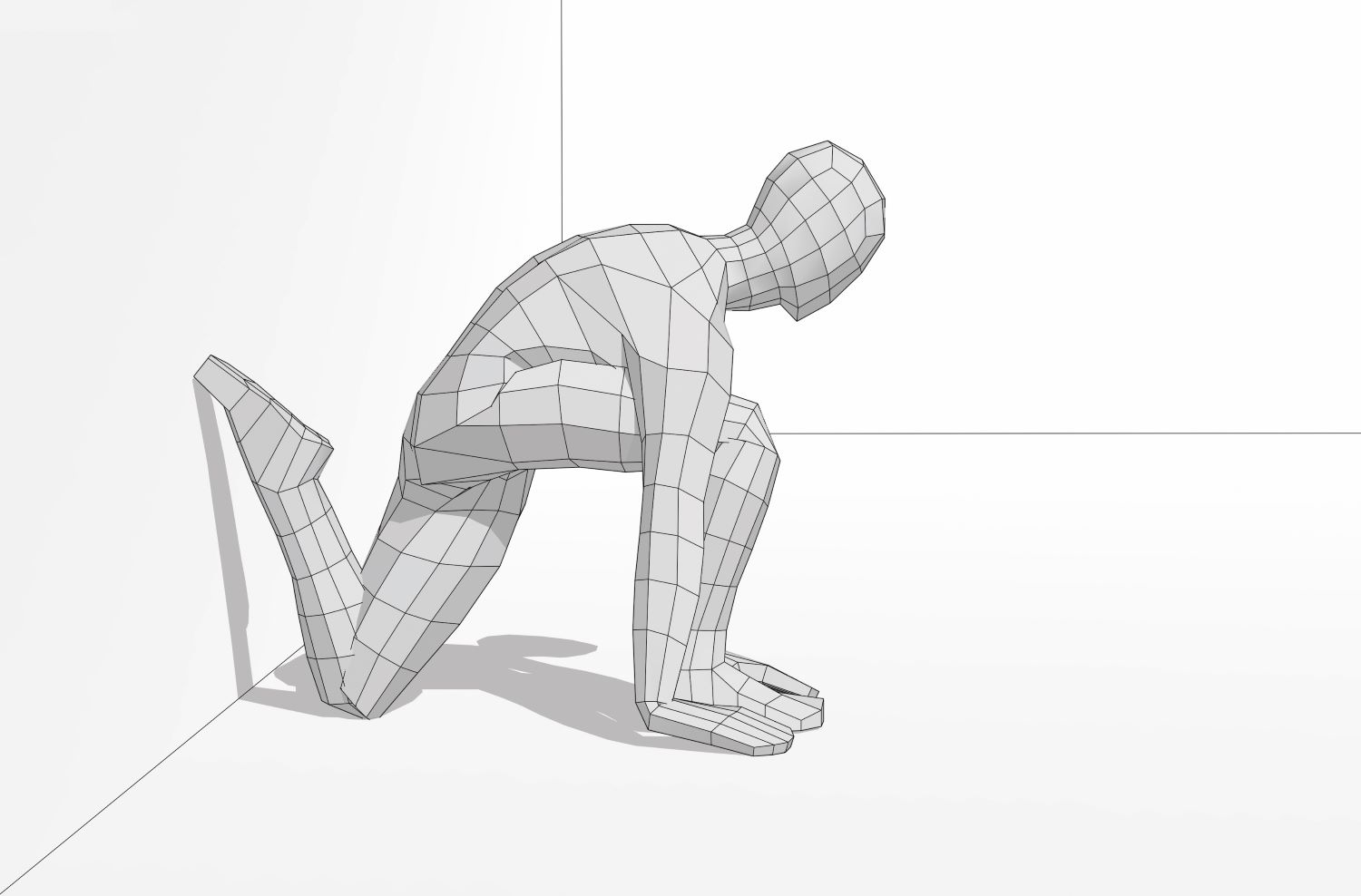

How it works: ‘This is a great stretch because with your back straight it really stretches the deep quadriceps muscle through the middle of the thigh, which is often where you would place a foam roller,’ says Wood
